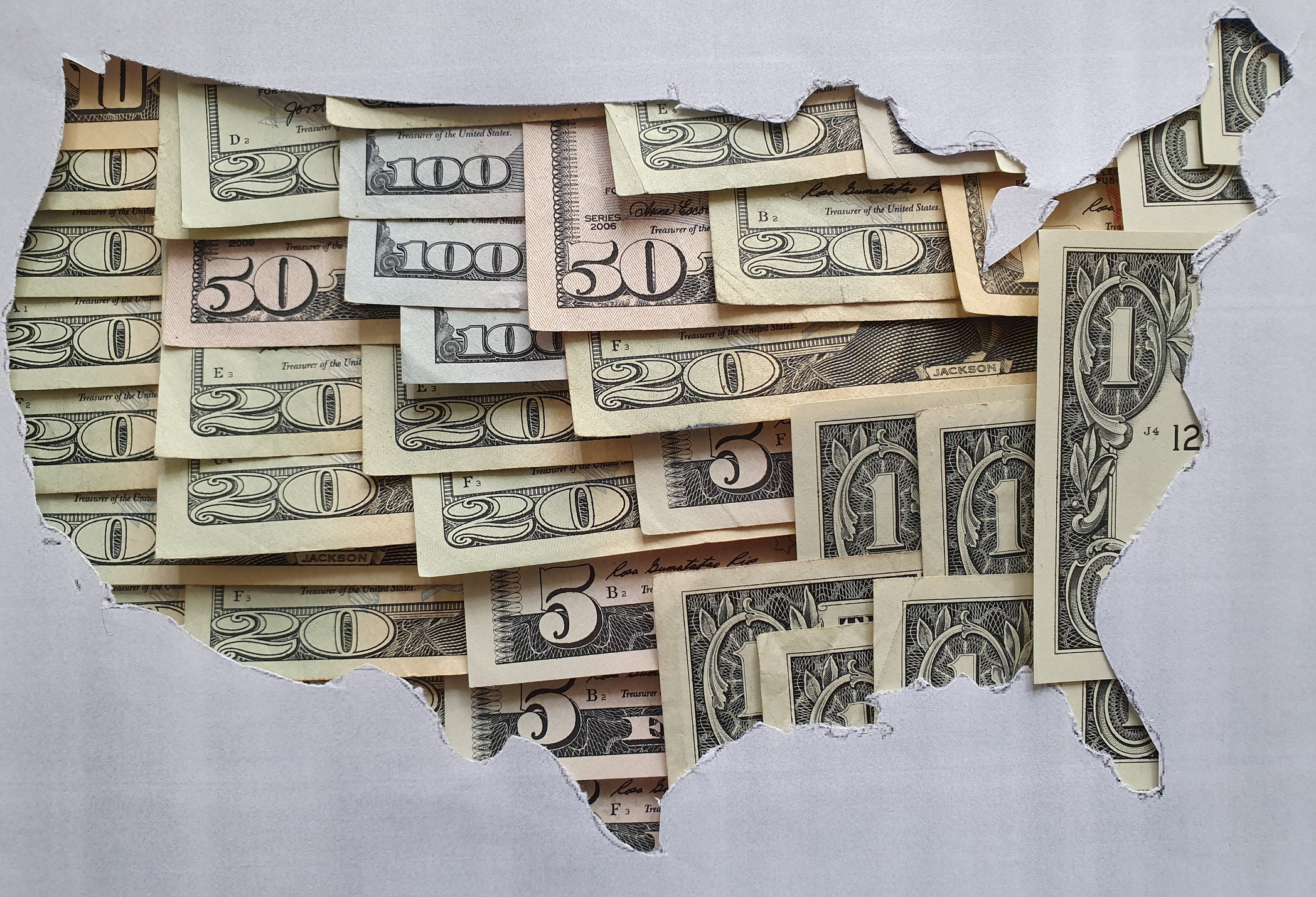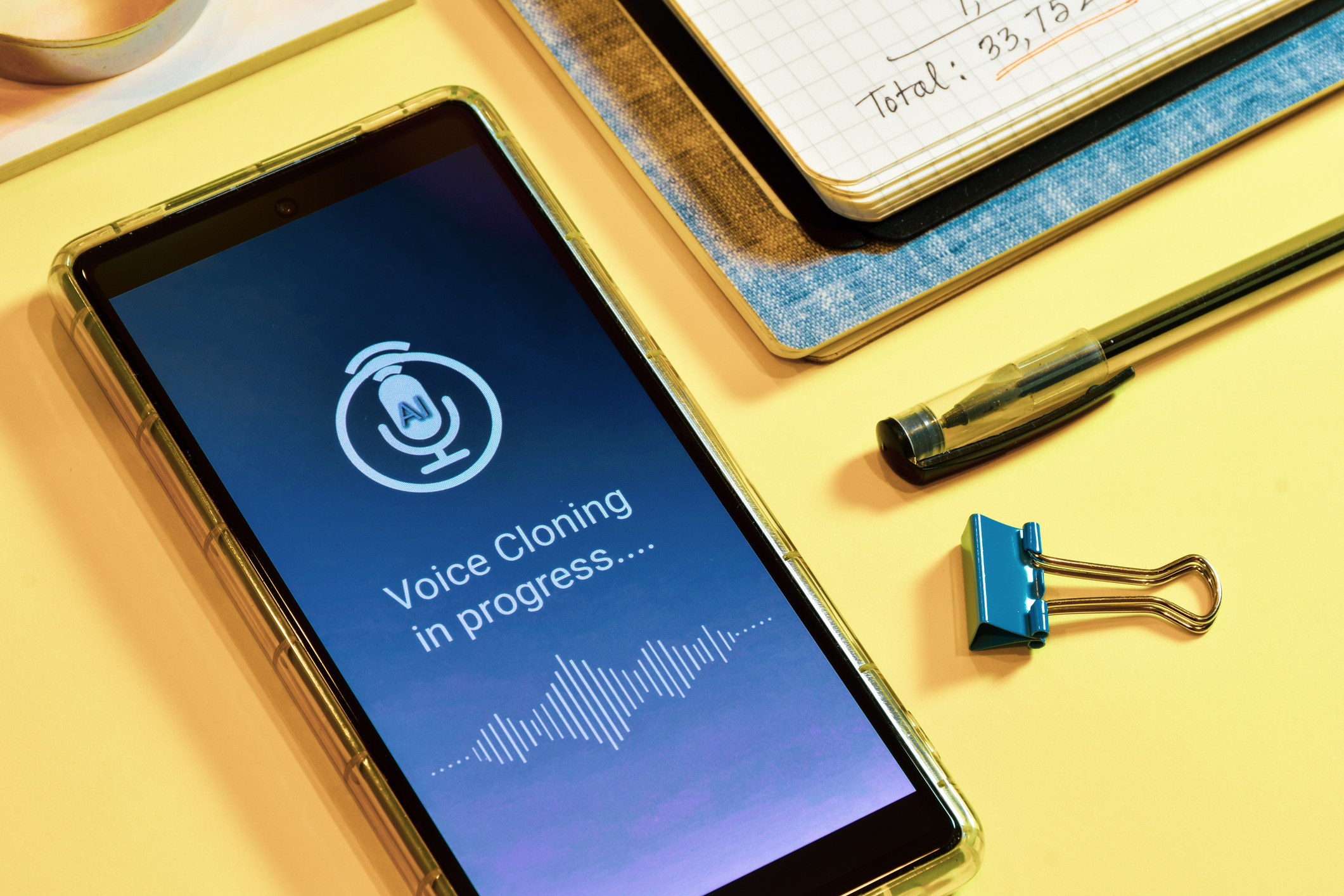Five Ways Your Boss Can Step Up in the Aftermath of a Hurricane
The IRS offers some tax advantages for employers that financially help their employees during federally declared disasters.


So many people from Florida to North Carolina and beyond have been devastated by the impacts of Hurricanes Helene and Milton, but employers can help mitigate some of the financial damage.
The IRS has some tax-free disaster relief programs that your employer can implement to financially assist employees impacted by a federally declared disaster. The aid can come through qualified disaster relief payments, public charities, or retirement plan loans and distributions, to name a few.
Even your colleagues can help by giving you extra time off through company-sponsored leave-sharing programs or fundraising events.

Sign up for Kiplinger’s Free E-Newsletters
Profit and prosper with the best of expert advice on investing, taxes, retirement, personal finance and more - straight to your e-mail.
Profit and prosper with the best of expert advice - straight to your e-mail.
Here’s what you can do if you’re an employer or employee who would like to offer financial assistance to those recovering from a disaster.
How to help and also get tax advantages as an employer
Tornadoes, wildfires, floods, and hurricanes can happen when we least expect them. However, there are several ways your employer can help you financially during a federally declared disaster. Some are completely tax-free, too.
- Qualified disaster relief payments
An employer can give additional financial support to employees through a qualified disaster relief payment if they meet rules stipulated under Section 139 of the tax code. To be eligible, you must be in a federally declared disaster area.
Qualified payments must be “reasonable and necessary” and for the benefit of an individual to reimburse or pay for:
- Personal, family living, or funeral expenses incurred as a result of the disaster
- Expenses for medical care
- Expenses related to temporary housing and transportation
- Costs related to the repair or rehabilitation of your residence
- Repair or replacement of some household contents may qualify
One example of how some employers can give qualified disaster relief payments to affected employees is by fundraising within the company, as Ramona Cedeño founder and owner of FiBrick told Kiplinger.
“Employers can set up a disaster relief donation account like a GoFundMe, where they can match what employees contribute so there are more funds available,” Cedeño said. “This has to be done carefully though, and donations from employees are often anonymous.”
Employers can then deduct qualifying disaster payments as business expenses.
- Private foundations or public charities
Your employer can also help by contributing financial aid through employer-sponsored donations to public charities, private foundations, or donor-advised funds.
For example, McDonalds activated its employee relief funds program in the Southeast for impacted zones of Florida, Georgia, North Carolina, and South Carolina. The relief fund will provide grants to impacted restaurant employees and is accepting public donations.
Separately, the restaurant chain has already donated $1 million to the American Red Cross and Team Rubicon to help support ground relief efforts in response to the hurricanes.
- Leave-sharing plans
Some employers set up leave share programs, which allow employees to donate their paid leave to coworkers impacted by a major disaster.
Employees who "gift" their paid time off are exempt from taxes on those amounts, but those who receive the time off will incur payroll and income taxes for the time given.
- Employer loans
Under special circumstances, an employer may temporarily offer loans to their employees as part of a compensation package. Employee loans are funds that the employer advances to an employee, and they’ll have a loan term and interest rate.
These temporary funds are often used to help pay for school tuition, relocation due to work, and medical bills, or can be awarded during a rough financial time.
Loans generally carry the Applicable Federal Rate (AFR) at the time the loan was given. However, the AFR does not need to be applied to loans under $10,000.
“They can position the aid as a loan and give the employee a repayment term of two years or a year, and the interest is just whatever the minimum required by the IRS,” Cedeño said.
- Some breaks on your retirement plan
Withdraw more from your retirement
The SECURE 2.0 Act allows a few retirement-related tax breaks for disaster victims. Employers can temporarily increase the maximum loan amount you can withdraw from your workplace retirement account up to 100% of the account balance, but no more than $100,000. The provision also extends the repayment terms by one year.
Hardship distributions are penalty-free
SECURE 2.0 legislation also waives the 10% penalty on pre-age 59 ½ distributions from employer-sponsored IRAs and retirement plans on up to $22,000 for qualified taxpayers impacted by a federally declared disaster.
The payout must be taken within 179 days of the date the disaster is declared. The distributions are also taken into account as gross income over 3 years unless you decide to pay it all at once.
You can spread out tax payments using IRS Form 8915-F, over the 3 years beginning with the year of the receipt. You can claim income taxes paid on a distribution that is later rolled over within three years by filing an amended return on Form 1040-X.
Current FEMA-declared disasters
To know if you’re located in a federally declared disaster area, visit FEMA’s website: fema.gov. As of Oct. 10, Hurricane Helene and Hurricane Milton have impacted the states of:
More on Hurricane Relief
Get Kiplinger Today newsletter — free
Profit and prosper with the best of Kiplinger's advice on investing, taxes, retirement, personal finance and much more. Delivered daily. Enter your email in the box and click Sign Me Up.

Gabriella Cruz-Martínez is a seasoned finance journalist with 8 years of experience covering consumer debt, economic policy, and tax. Before joining Kiplinger as a tax writer, her in-depth reporting and analysis were featured in Yahoo Finance. She contributed to national dialogues on fiscal responsibility, market trends and economic reforms involving family tax credits, housing accessibility, banking regulations, student loan debt, and inflation.
Gabriella’s work has also appeared in Money Magazine, The Hyde Park Herald, and the Journal Gazette & Times-Courier. As a reporter and journalist, she enjoys writing stories that empower people from diverse backgrounds about their finances no matter their stage in life.
-
 6 Stunning Waterfront Homes for Sale Around the US
6 Stunning Waterfront Homes for Sale Around the USFrom private peninsulas to lakes, bayous and beyond, Kiplinger's "Listed" series brings you another selection of dream homes for sale on the waterfront.
By Charlotte Gorbold Published
-
 Six Reasons to Disinherit Someone and How to Do It
Six Reasons to Disinherit Someone and How to Do ItWhether you're navigating a second marriage, dealing with an estranged relative or leaving your assets to charity, there are reasons to disinherit someone. Here's how.
By Donna LeValley Published
-
 Free IRS Tax Filing for 30 Million People: Will It Continue Under Trump?
Free IRS Tax Filing for 30 Million People: Will It Continue Under Trump?Tax Filing Direct File was piloted last year in 12 states and has since expanded to 25. But some wonder whether the program will last under the Trump administration.
By Gabriella Cruz-Martínez Last updated
-
 Did Florida’s Chance at $1,000 in Property Tax Rebates Vanish?
Did Florida’s Chance at $1,000 in Property Tax Rebates Vanish?State Taxes The Florida Legislature bypassed Gov. Ron DeSantis’ wish to cut property taxes and instead voted to lower the state’s sales tax.
By Gabriella Cruz-Martínez Published
-
 How Caregivers for Adults Can Save on Taxes in 2025
How Caregivers for Adults Can Save on Taxes in 2025Tax Breaks Caring for your parent or spouse can be stressful, but the IRS offers tax breaks for qualifying taxpayers. Here they are.
By Kate Schubel Published
-
 New South Carolina Income Tax Cut Might Eat Your Cash
New South Carolina Income Tax Cut Might Eat Your CashState Taxes South Carolina’s flat income tax bill could have the majority of residents paying higher income taxes. Find out how.
By Kate Schubel Published
-
 U.S. Treasury to Eliminate Paper Checks: What It Means for Tax Refunds, Social Security
U.S. Treasury to Eliminate Paper Checks: What It Means for Tax Refunds, Social SecurityTreasury President Trump signed an executive order forcing the federal government to phase out paper check disbursements by the fall.
By Gabriella Cruz-Martínez Published
-
 IRS Layoffs Spark Delays, Doubt This Tax Season
IRS Layoffs Spark Delays, Doubt This Tax SeasonTax Season Tax experts say Trump’s downsizing of the IRS is already causing problems.
By Gabriella Cruz-Martínez Last updated
-
 States with the Highest Income Tax Rates for Retirees
States with the Highest Income Tax Rates for RetireesState Tax You may reconsider living and retiring in one of these states due to high taxes.
By Kate Schubel Last updated
-
 AI Tax Scams Target Middle and Older Adults: What to Know
AI Tax Scams Target Middle and Older Adults: What to KnowScams Whether you’re a retiree or Gen Z, scammers can gouge big financial losses with the help of artificial intelligence.
By Kate Schubel Published